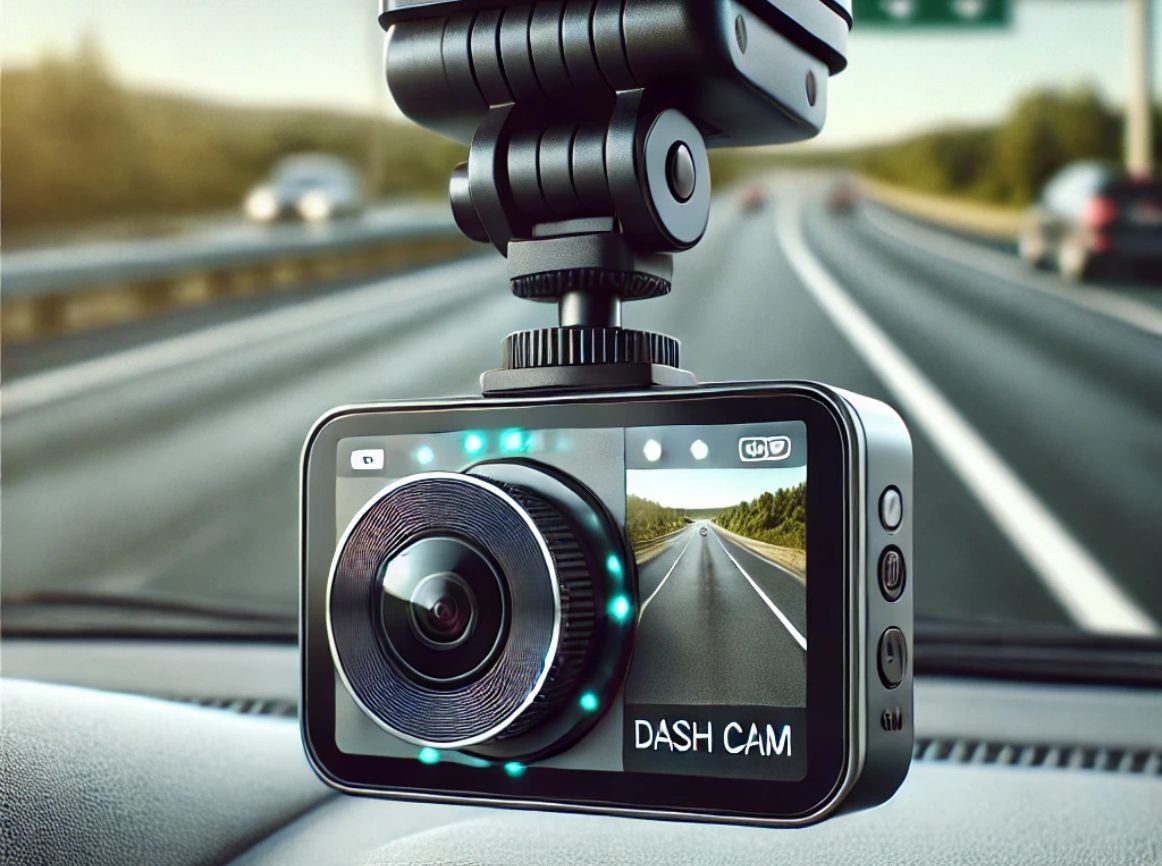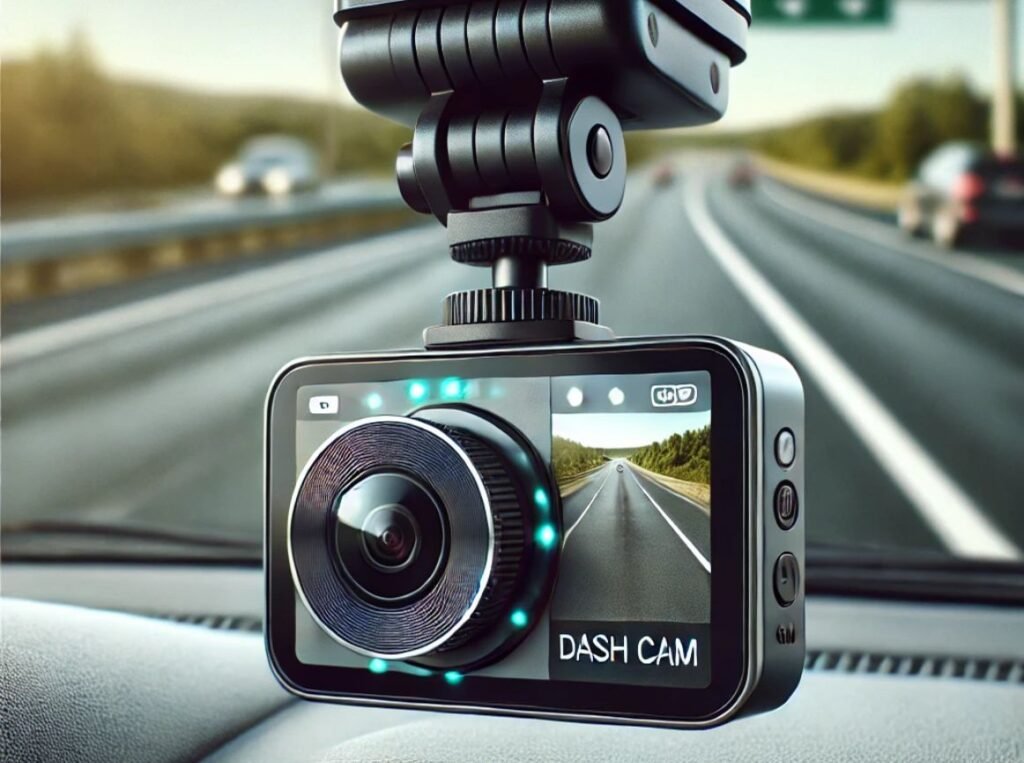Introduction to Dash Cam Technology
Ud23374b-a c6s 行车记录仪用户手册v1.0.0. In recent years, dash cams have become an essential tool for vehicle safety and evidence collection. Whether for personal use or fleet management, a dash cam (行车记录仪) offers drivers peace of mind by recording real-time video of the road. The Ud23374b-a C6S Dash Cam User Manual V1.0 provides instructions to install, operate, and manage your device effectively. This guide explores the key features, setup process, and how to maximize the benefits of your dash cam for a safer driving experience.

Key Features of Dash Cams
Modern dash cams are more than just simple recording devices. They come packed with advanced features that can make a significant difference in vehicle safety and driving convenience. Here are some standout features of the Ud23374b-a C6S dash cam:
1. High-Resolution Video Recording
Capture every detail on the road with crystal-clear video quality, ranging from 1080p to 4K resolution.
2. Loop Recording
No need to worry about storage running out. The loop recording function automatically overwrites the oldest footage when the memory card is full.
3. G-Sensor and Emergency Lock
A G-sensor detects sudden impacts, locking the relevant video files to prevent them from being overwritten, ensuring crucial evidence is preserved.Read more here clubneet.
4. Wide-Angle Lens
The wide-angle lens captures a broader view of the road, covering both lanes and road surroundings, enhancing situational awareness.
5. Night Vision Capabilities
With infrared LEDs or advanced low-light sensors, the dash cam provides clear video footage even in dark conditions.
6. GPS Integration
Integrated GPS tracks your vehicle’s location and speed, which can be invaluable during disputes or accidents.
7. Parking Mode
This feature offers 24/7 surveillance, monitoring your vehicle even when it’s parked. The camera activates upon detecting motion or an impact, protecting your car from vandalism and hit-and-runs.
Understanding these features can help you utilize your dash cam to its full potential, ensuring enhanced safety on the road.

How to Set Up Your Dash Cam
Step 1: Unboxing and Checking Components
Start by unboxing your dash cam and verifying that all necessary components are included:
- Dash cam unit
- Power cable (USB or 12V compatible)
- Mounting bracket (suction or adhesive)
- MicroSD card (if provided)
- User manual (行车记录仪用户手册)
Check that everything is functional before moving to installation.
Step 2: Inserting the MicroSD Card
Insert the microSD card (up to 128GB or higher) into the appropriate slot on the dash cam. Ensure the card is compatible by formatting it through the camera’s settings menu.
Step 3: Mounting the Dash Cam
Mount the dash cam on the windshield, ideally behind the rear-view mirror, to give the camera an unobstructed view of the road. Clean the surface to ensure a secure fit, and adjust the camera to capture both the road ahead and a portion of the car’s hood for reference.
Step 4: Connecting the Power Source
Plug the dash cam into your vehicle’s 12V socket (or hardwire it to the fuse box for a cleaner setup). Secure the cables along the edges of the windshield to keep them out of sight.
Step 5: Configuring Initial Settings
Customize your dash cam’s settings for optimal performance:
- Video resolution (choose between 1080p, 1440p, or 4K depending on preference)
- G-sensor sensitivity (set to detect appropriate impacts)
- Loop recording length (1, 3, or 5 minutes)
- Date and time settings for accurate timestamps
- Audio recording (optional for capturing in-cabin audio)
These settings ensure that your dash cam records in line with your needs and driving conditions.
Everyday Use of Your Dash Cam
Daily Recording
Your dash cam will begin recording automatically when you start your vehicle. The loop recording feature continuously records new footage, and the G-sensor locks important files after an impact to prevent overwriting.
Routine Maintenance
To ensure your dash cam is functioning properly, regularly check the microSD card and format it within the camera every few months to avoid file corruption.
Retrieving and Viewing Footage
There are several ways to view or download footage from your dash cam:
- On-device playback: Some dash cams have built-in screens for immediate viewing.
- Mobile app: Use Wi-Fi or Bluetooth to connect your smartphone and access footage.
- Computer: Remove the microSD card and transfer files via a card reader.
Parking Mode and Vehicle Surveillance
Activate parking mode to monitor your vehicle even when it’s stationary. The camera records upon detecting motion or impacts, providing valuable footage in cases of vandalism or hit-and-runs.
Ensure that your dash cam is powered continuously through a hardwiring kit or external battery pack to prevent your car’s battery from draining.
Troubleshooting Common Dash Cam Issues
Even though dash cams are user-friendly, minor issues may arise. Here are solutions to common problems:
- Dash cam won’t turn on: Check the power connection or try a different power source.
- Footage not recording: Ensure the microSD card is properly inserted and formatted.
- Blurry video: Clean the camera lens and check the resolution settings.
- G-sensor sensitivity: Adjust the sensitivity if it’s triggering too often.
Conclusion
A ud23374b-a c6s 行车记录仪用户手册v1.0.0 is an essential tool that enhances road safety and provides invaluable evidence in case of accidents or disputes. By following this user manual, you can confidently install and operate your dash cam to ensure a safer and more secure driving experience.



